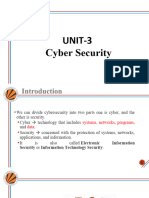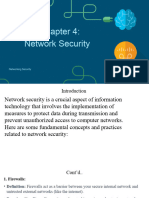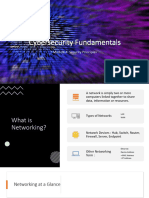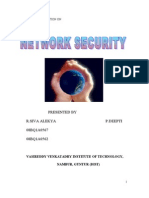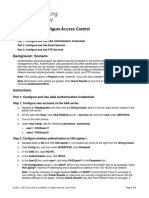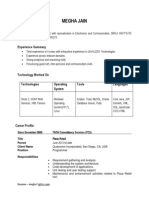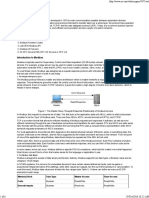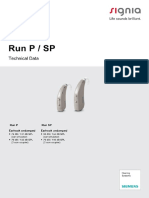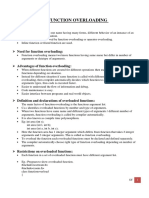0% found this document useful (0 votes)
16 views7 pagesDISCUSSION Network
The CIA Triad is a key security model in network security, comprising confidentiality, integrity, and availability, which guide policies to protect sensitive information and ensure business continuity. It highlights various network security measures such as firewalls, intrusion detection systems, and encryption, as well as common types of network attacks like malware and phishing. Additionally, the document outlines different network topologies, their pros and cons, and real-life examples of each.
Uploaded by
hannahlulu2430Copyright
© © All Rights Reserved
We take content rights seriously. If you suspect this is your content, claim it here.
Available Formats
Download as PDF, TXT or read online on Scribd
0% found this document useful (0 votes)
16 views7 pagesDISCUSSION Network
The CIA Triad is a key security model in network security, comprising confidentiality, integrity, and availability, which guide policies to protect sensitive information and ensure business continuity. It highlights various network security measures such as firewalls, intrusion detection systems, and encryption, as well as common types of network attacks like malware and phishing. Additionally, the document outlines different network topologies, their pros and cons, and real-life examples of each.
Uploaded by
hannahlulu2430Copyright
© © All Rights Reserved
We take content rights seriously. If you suspect this is your content, claim it here.
Available Formats
Download as PDF, TXT or read online on Scribd
/ 7















